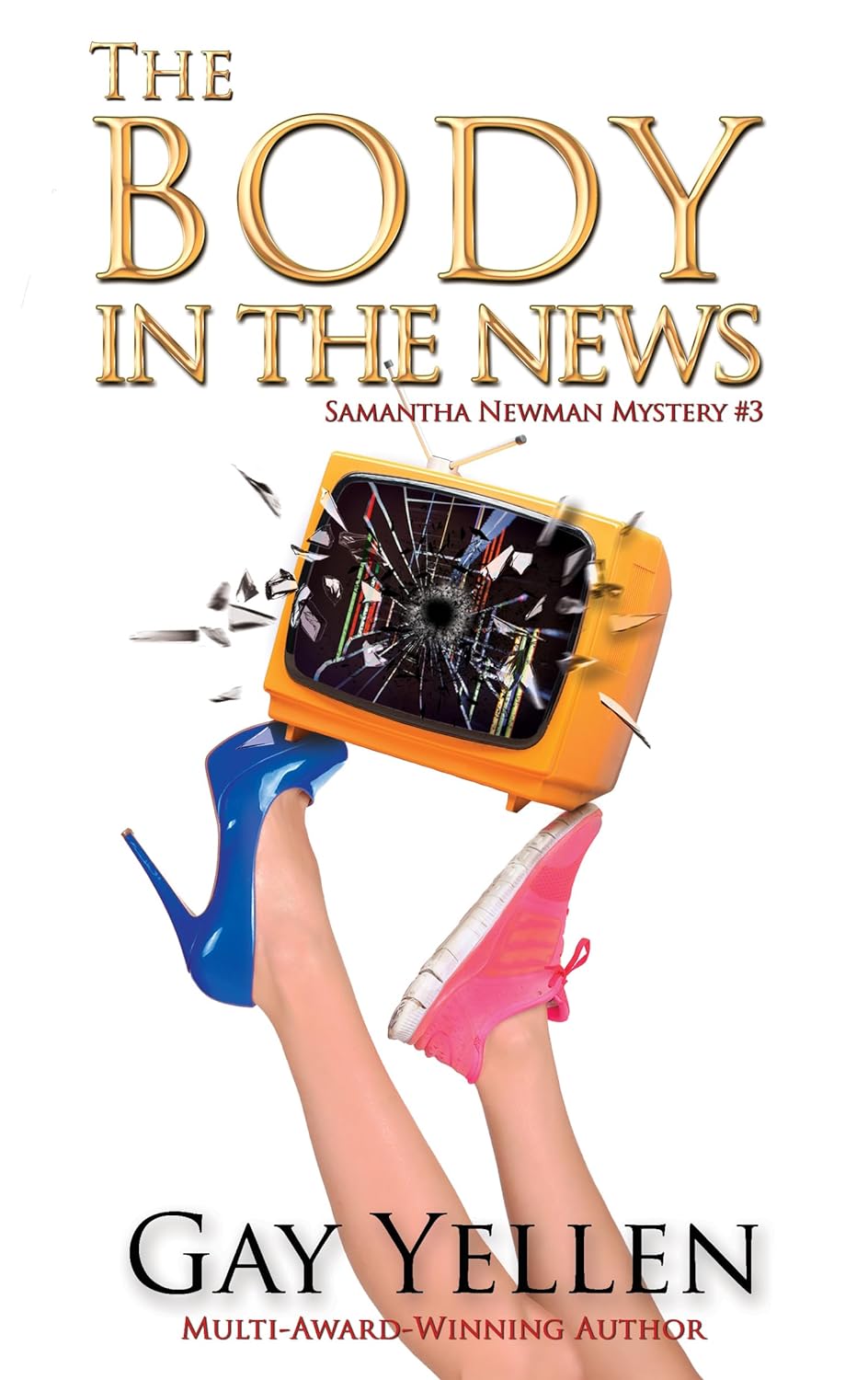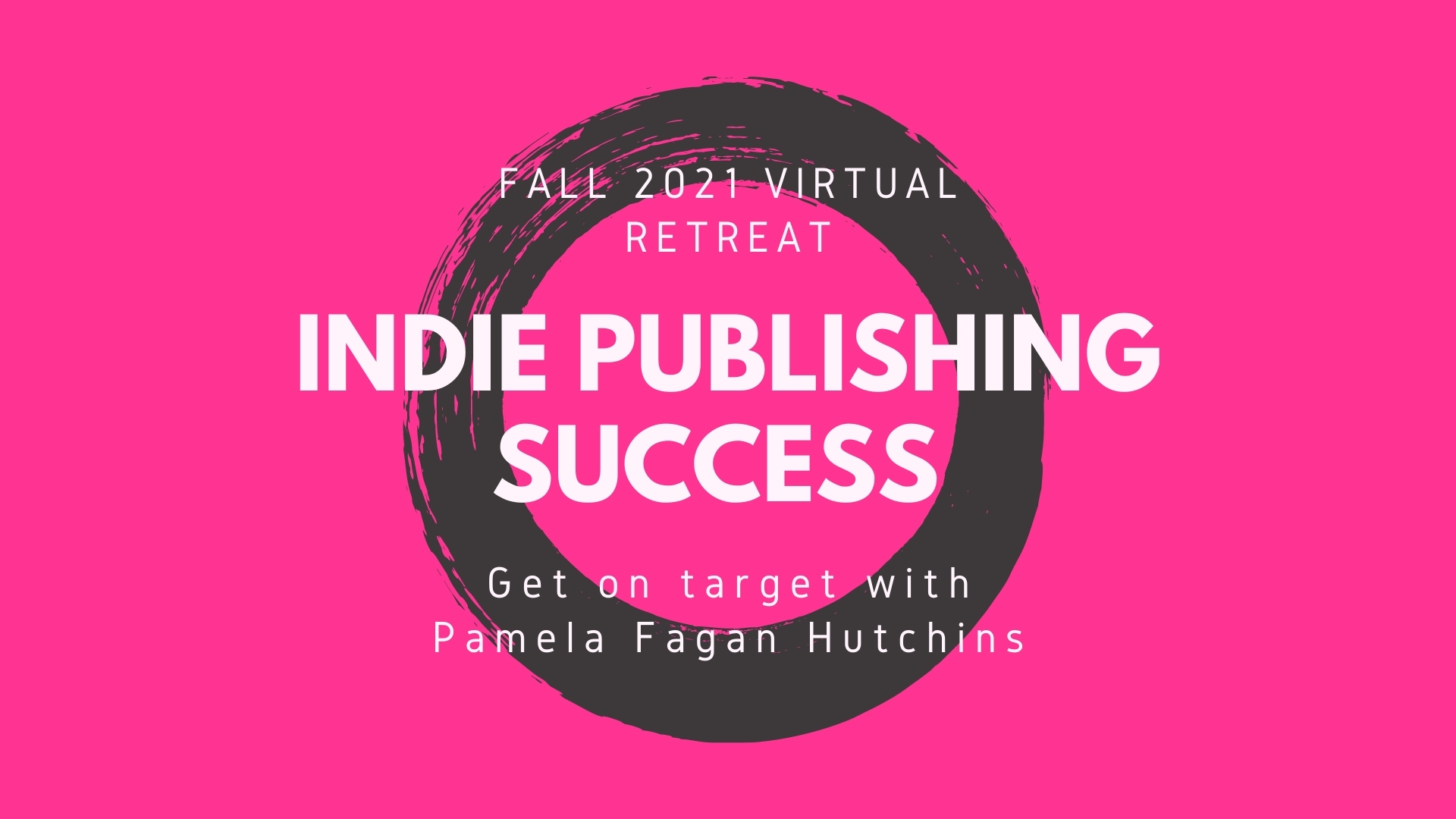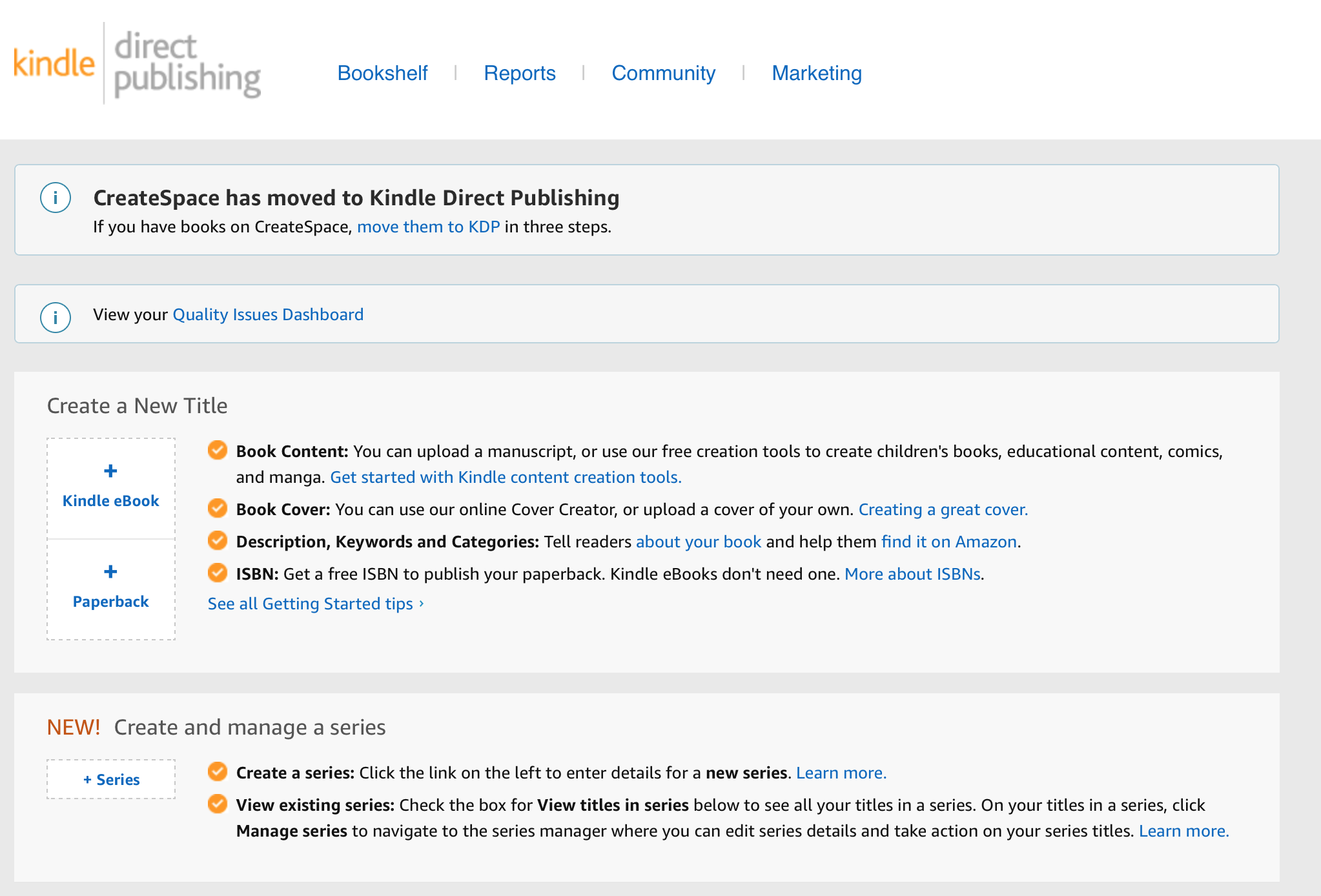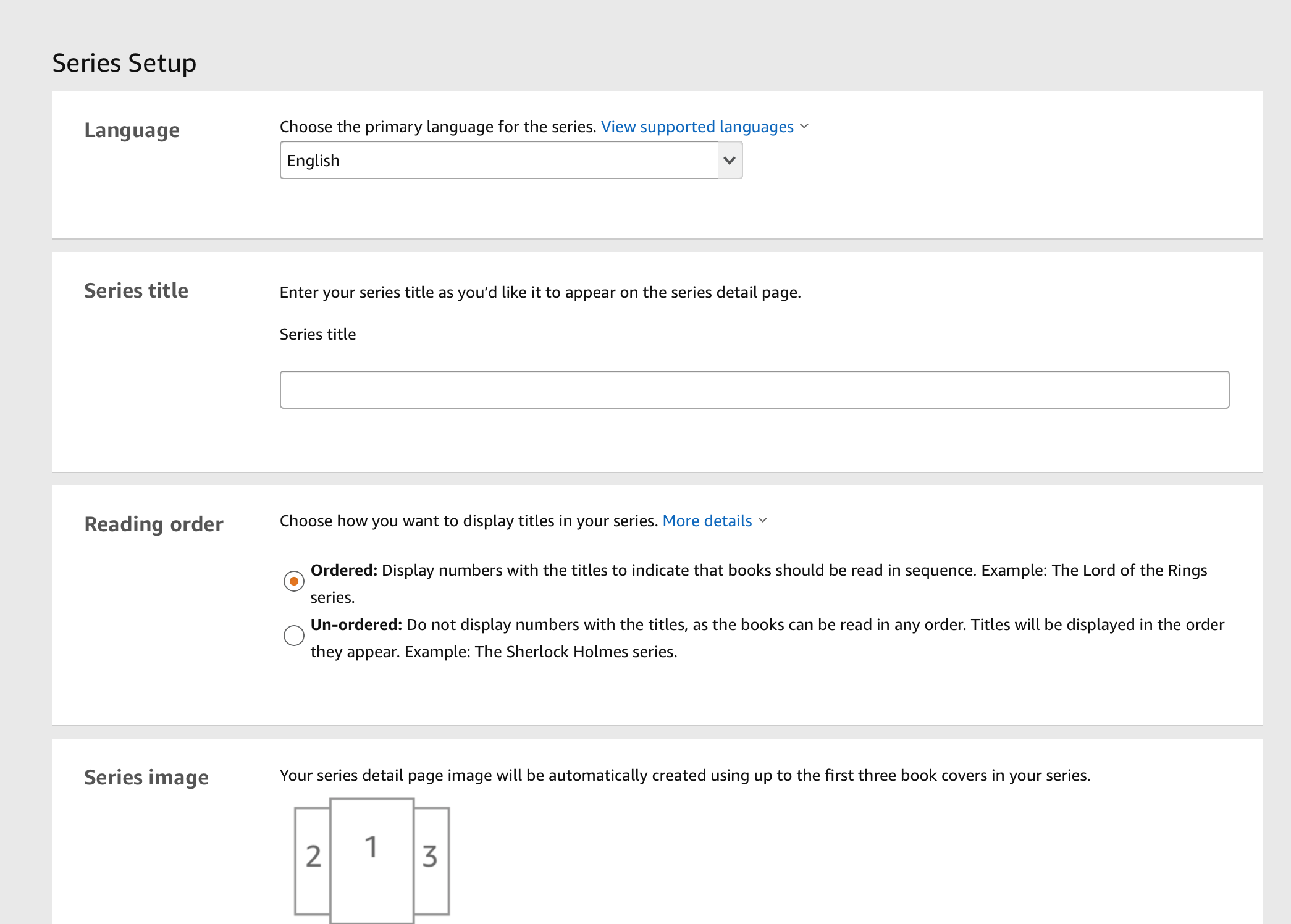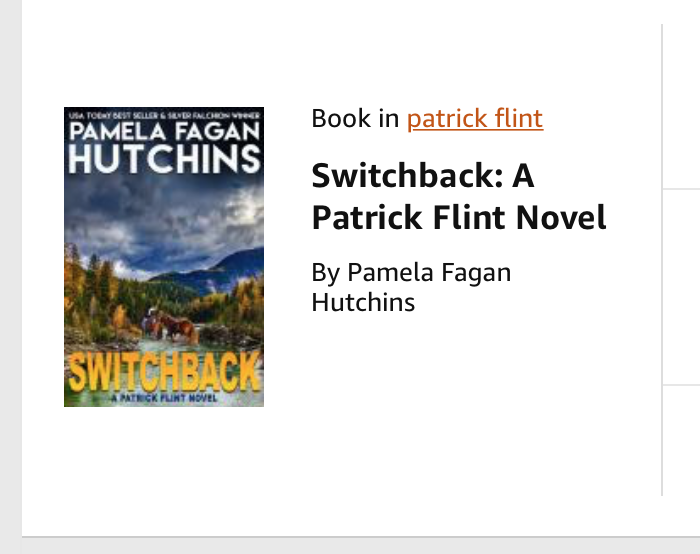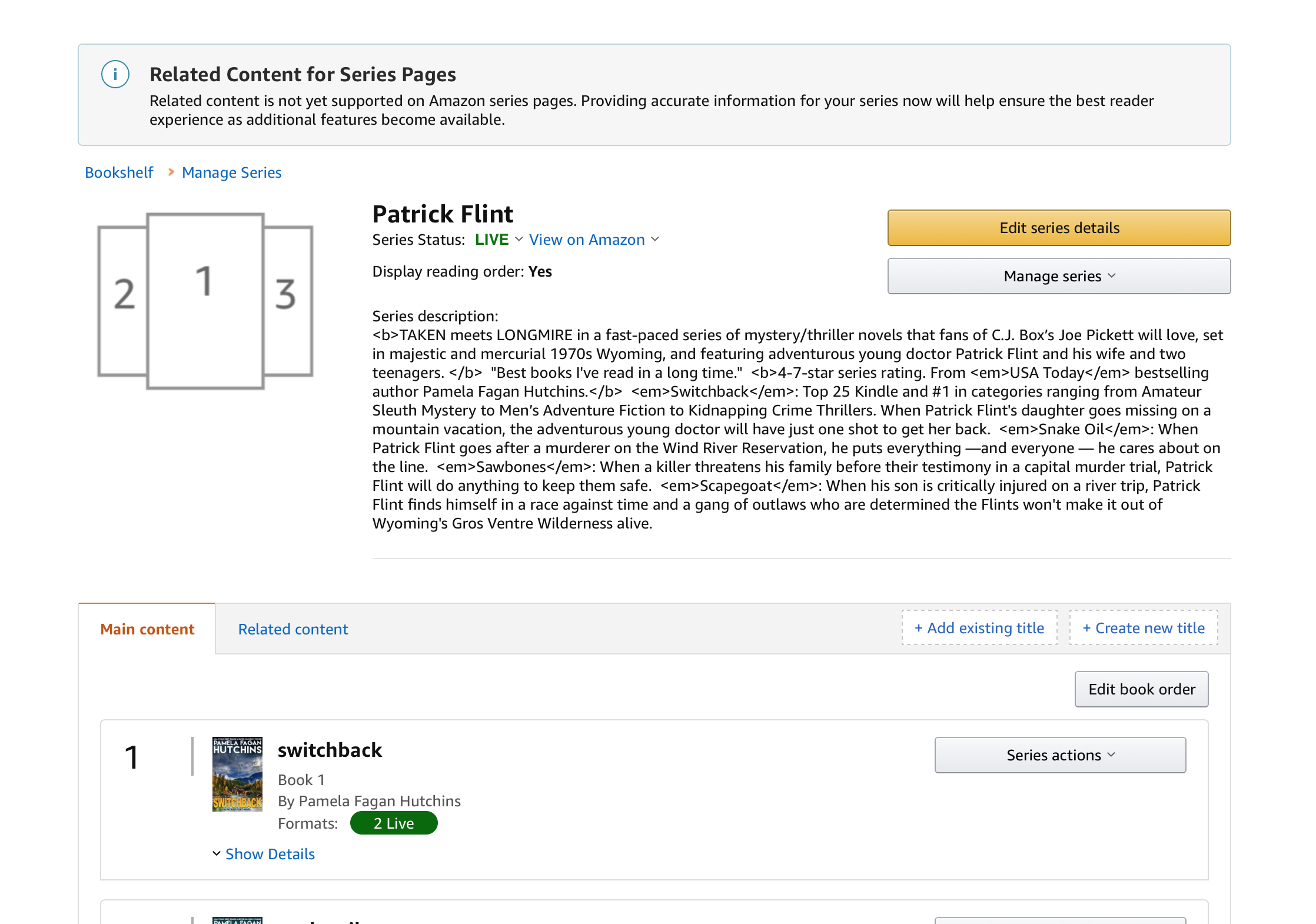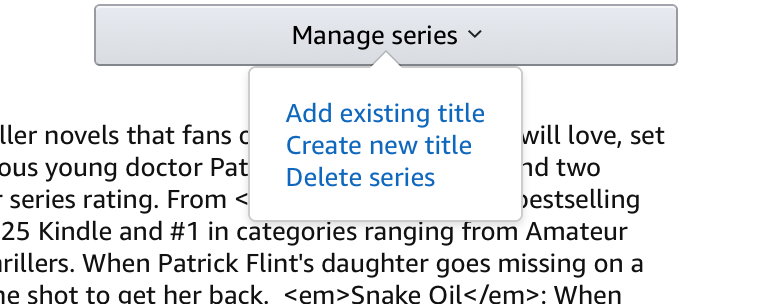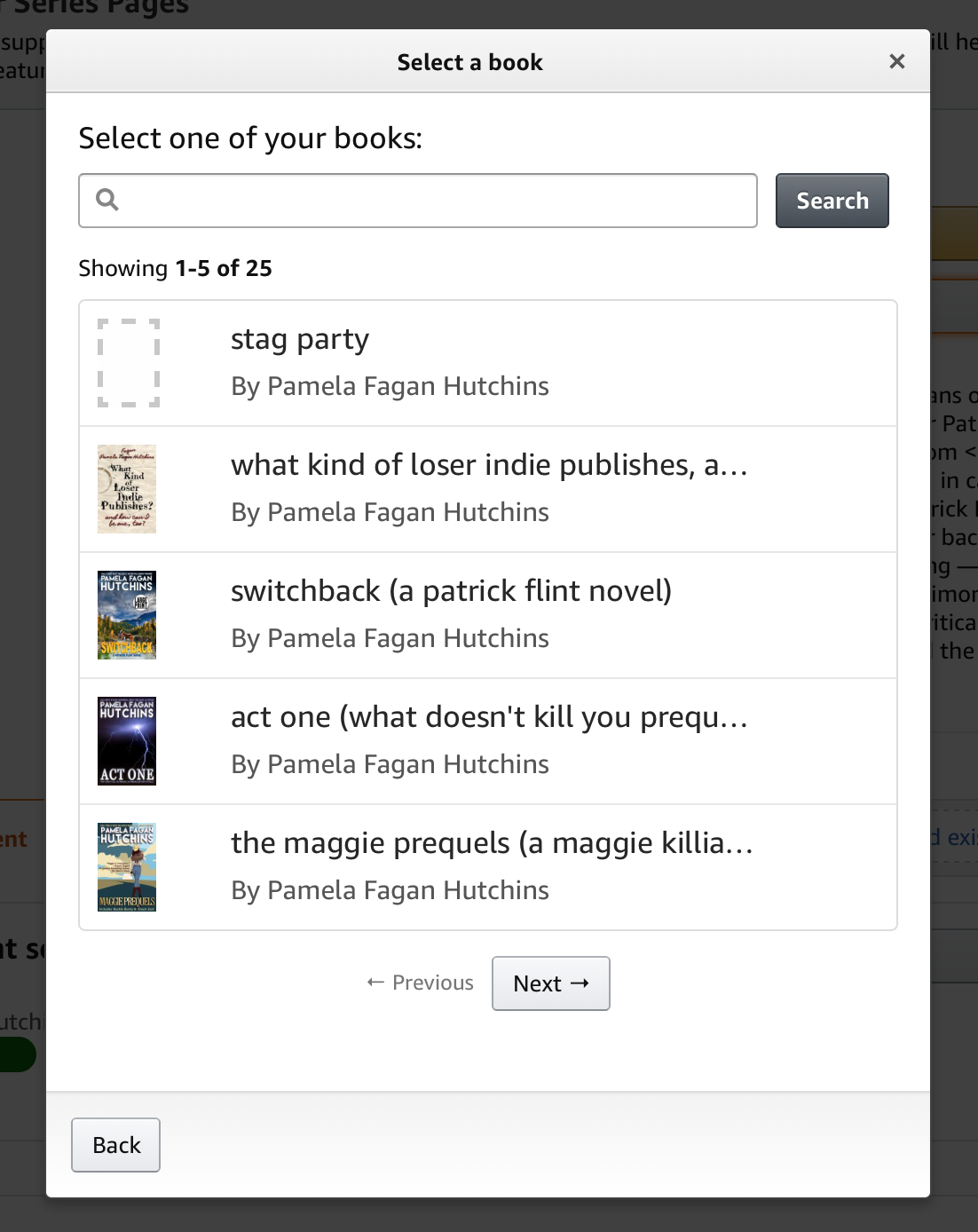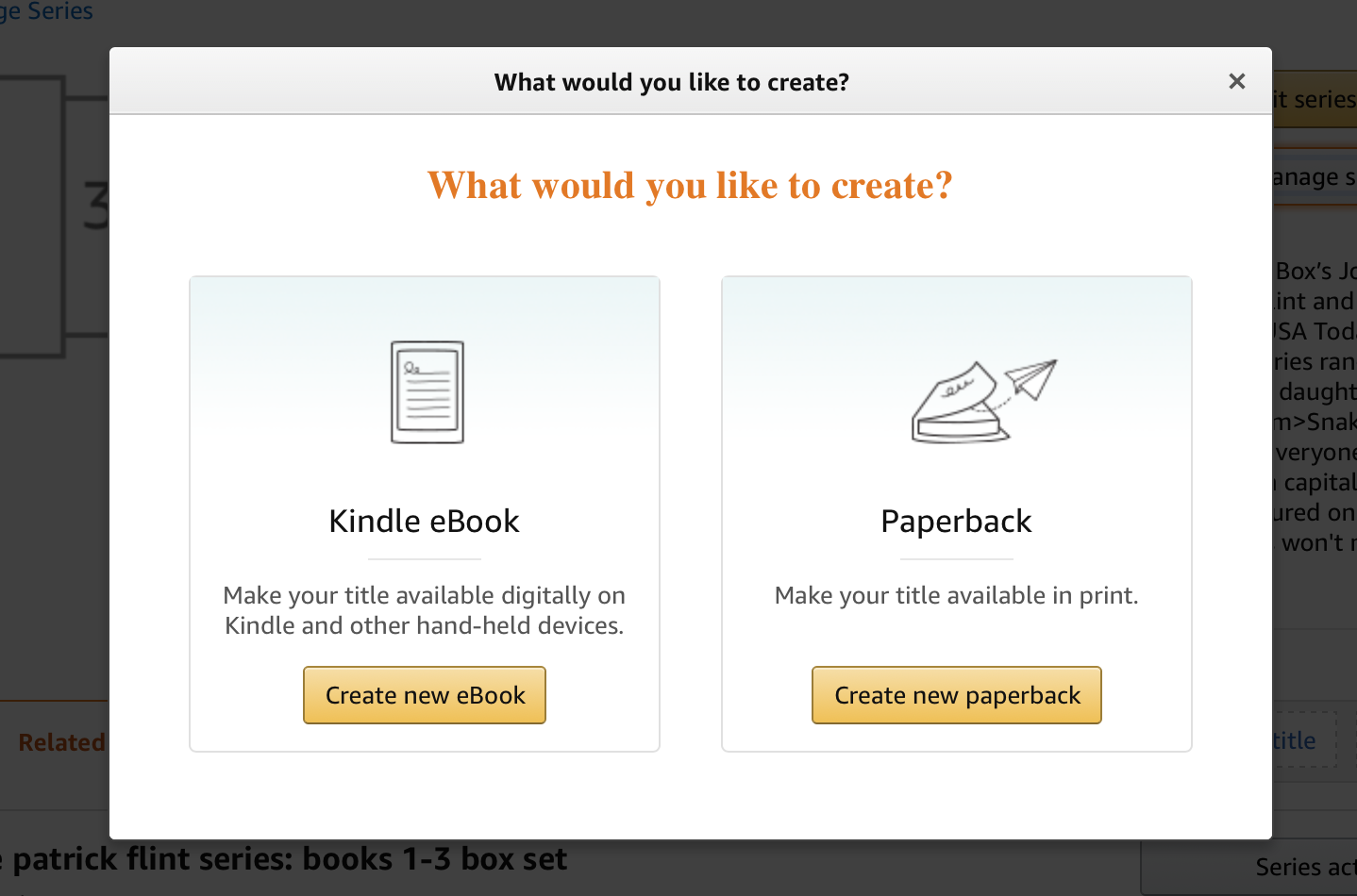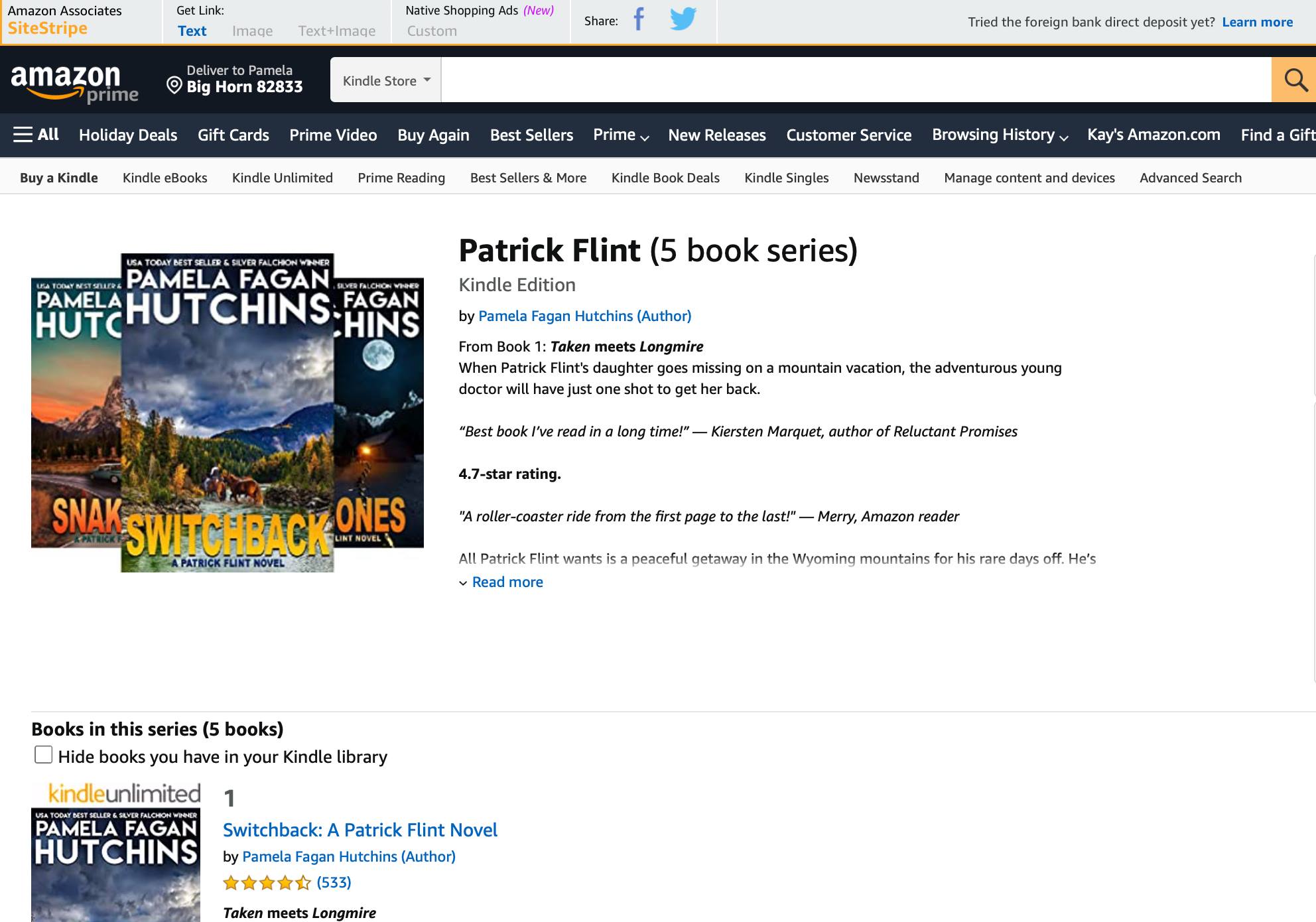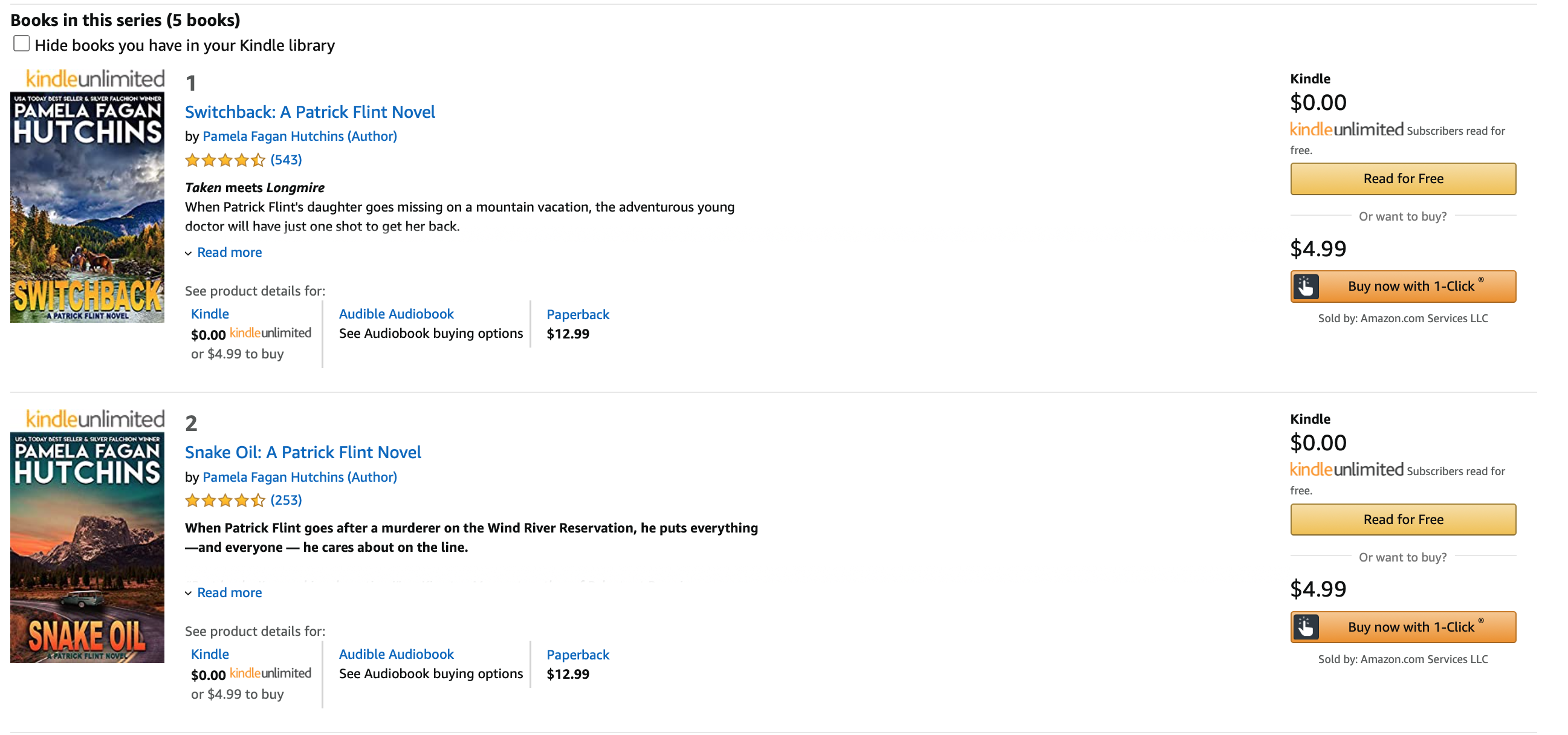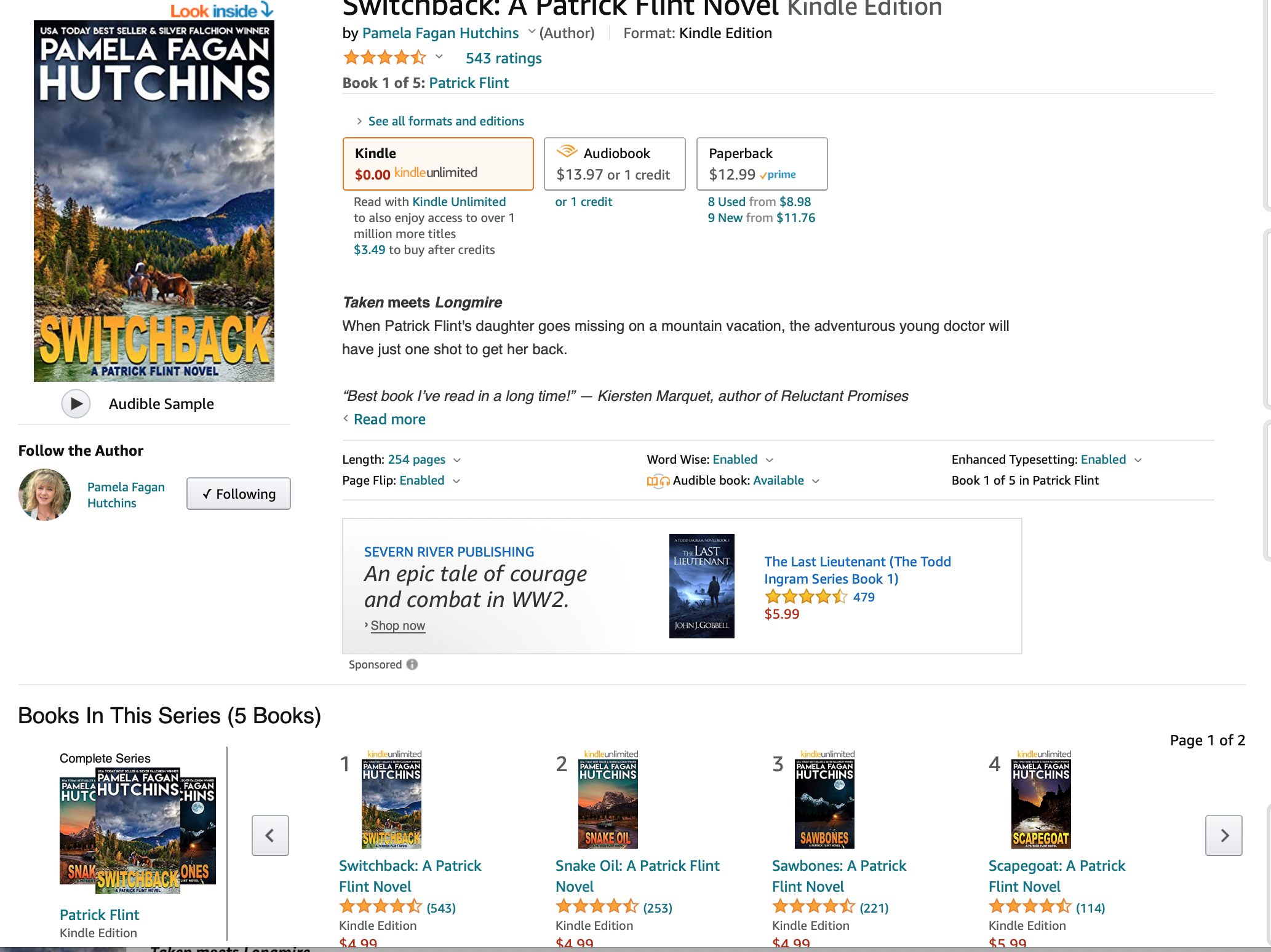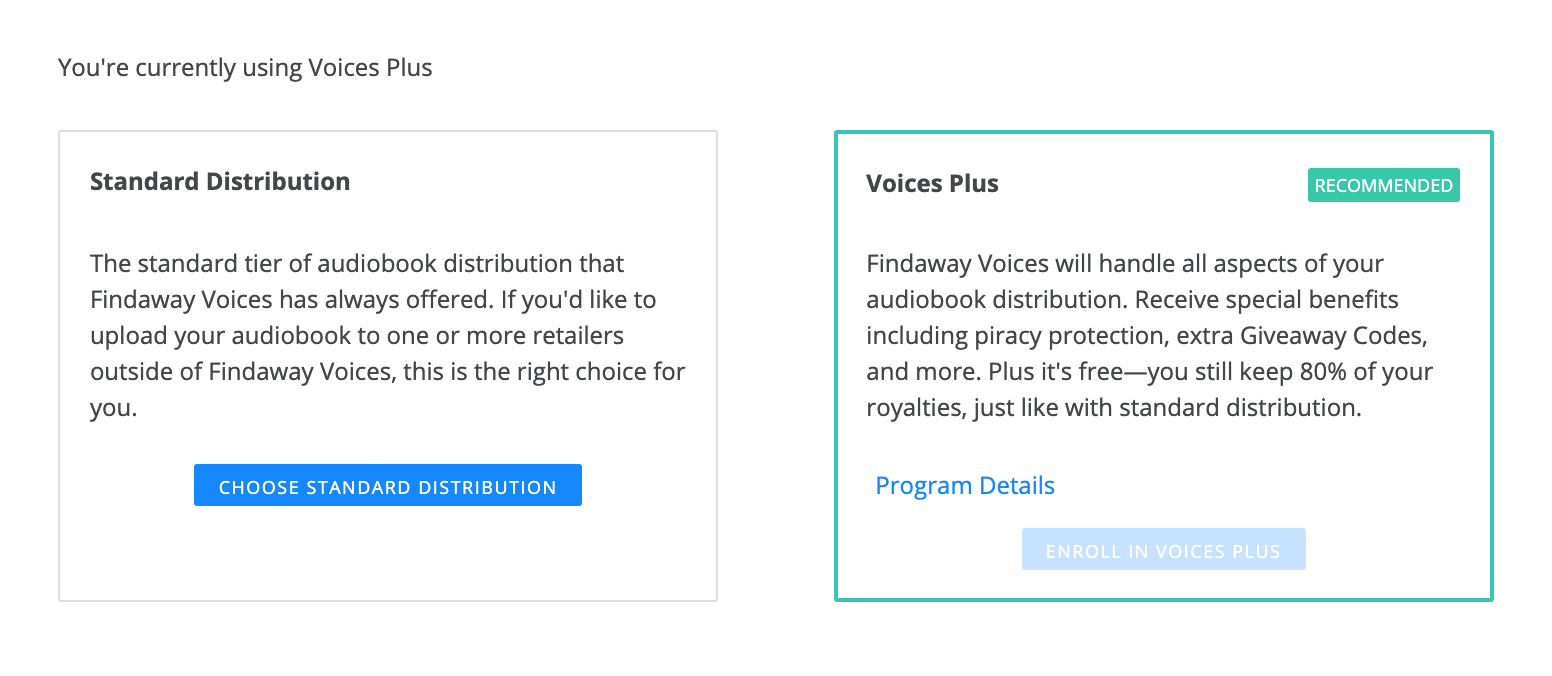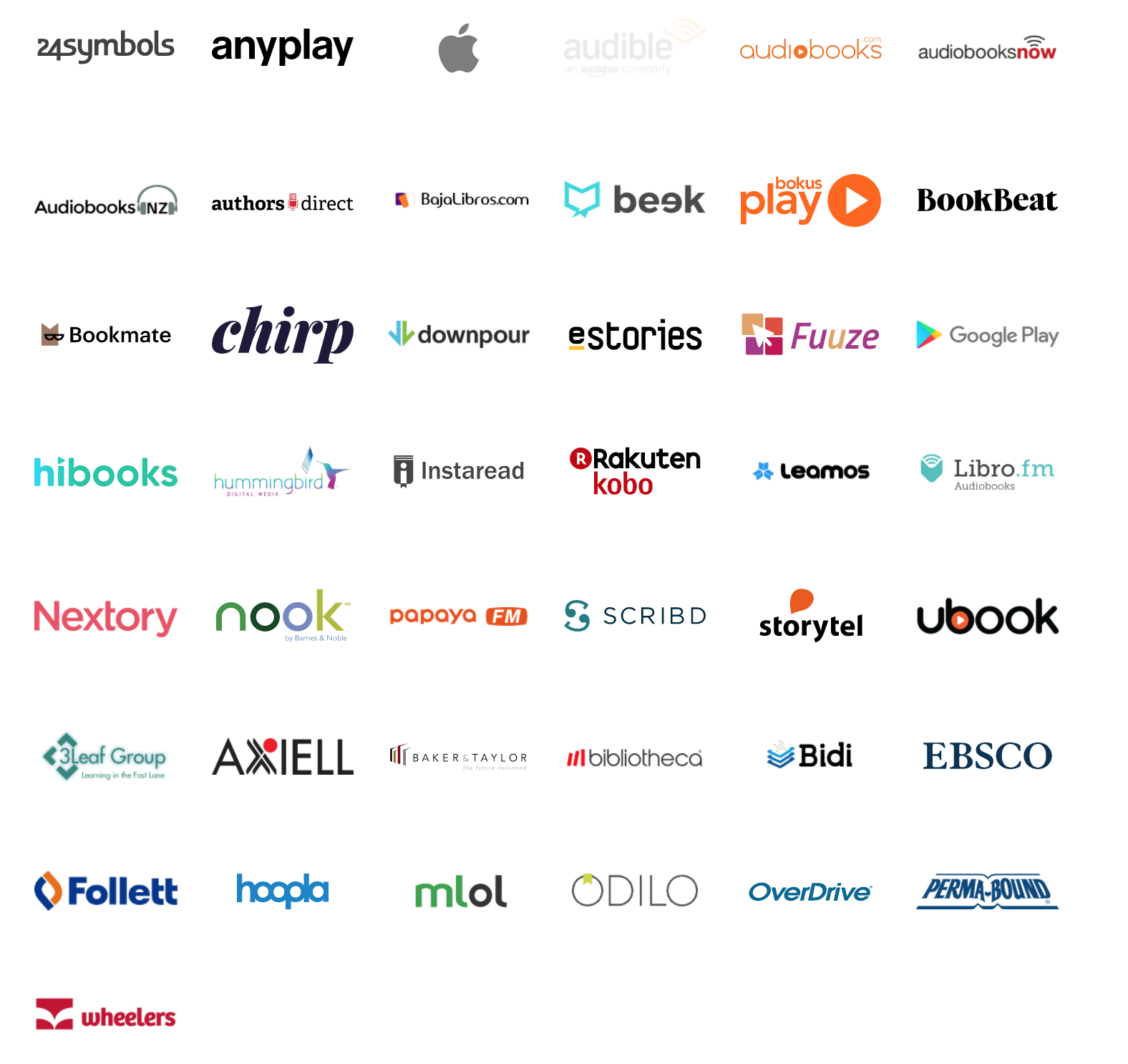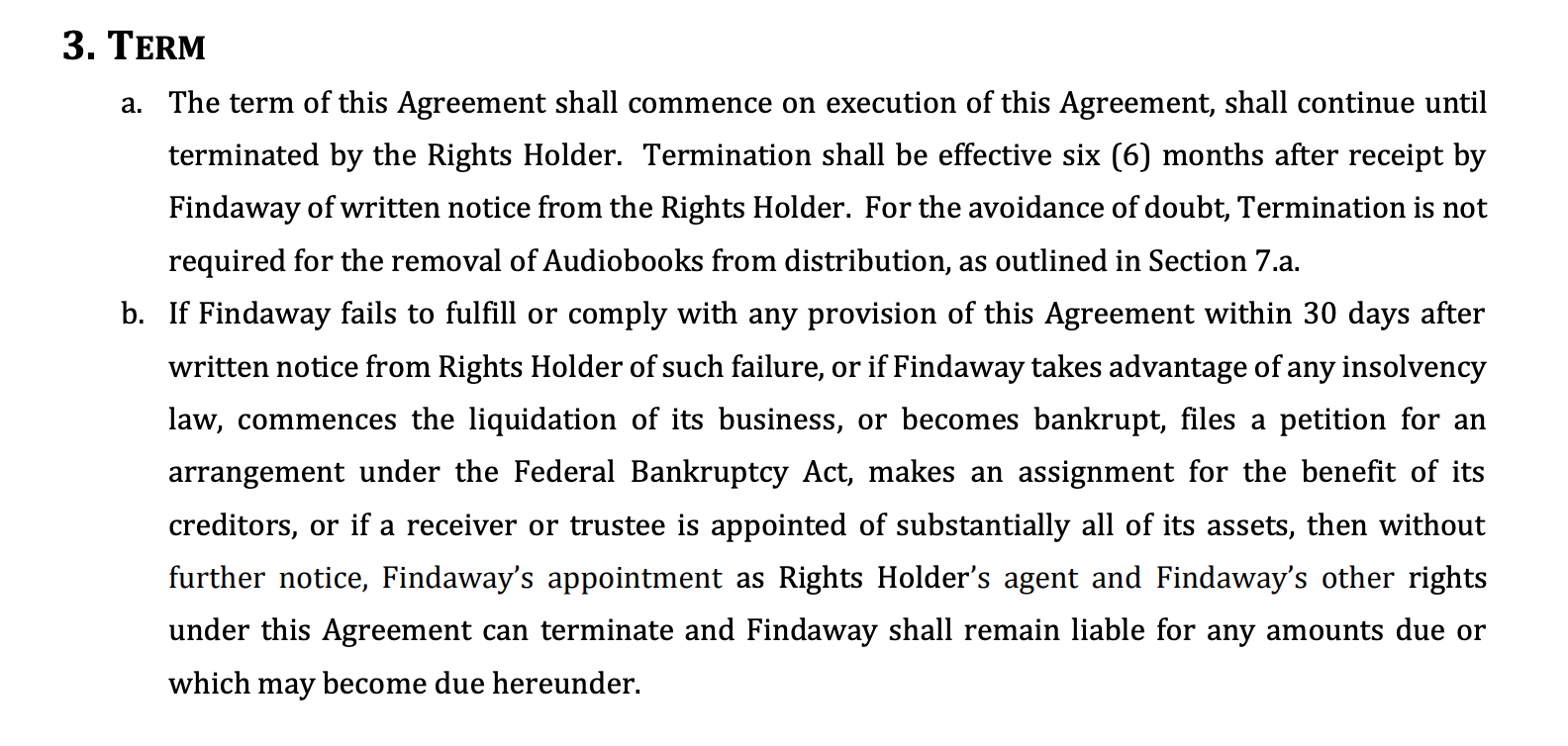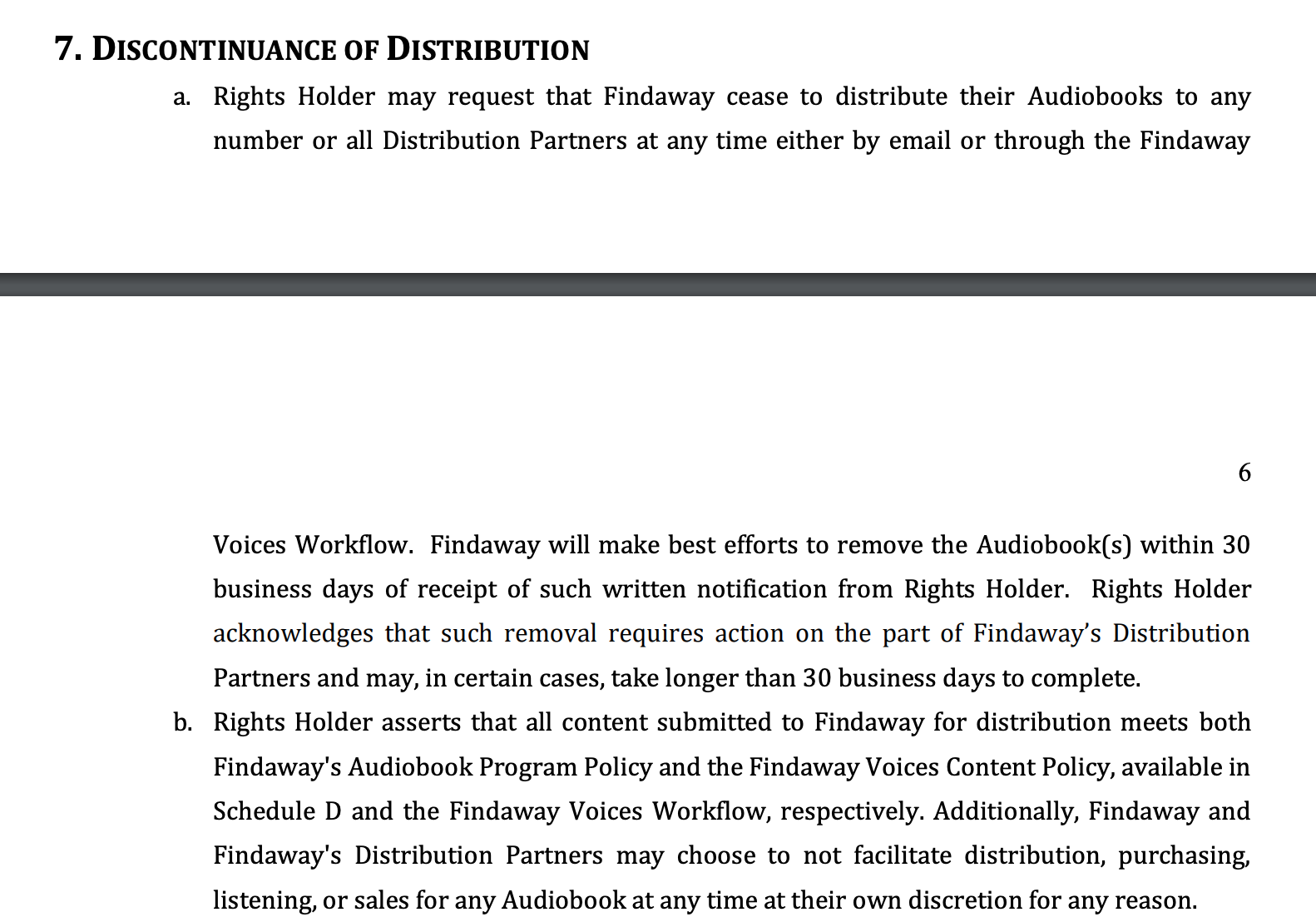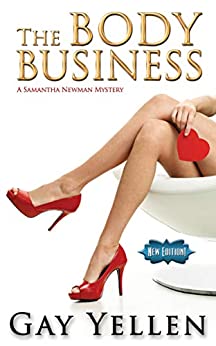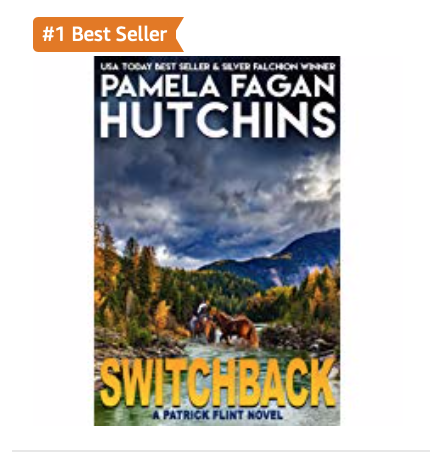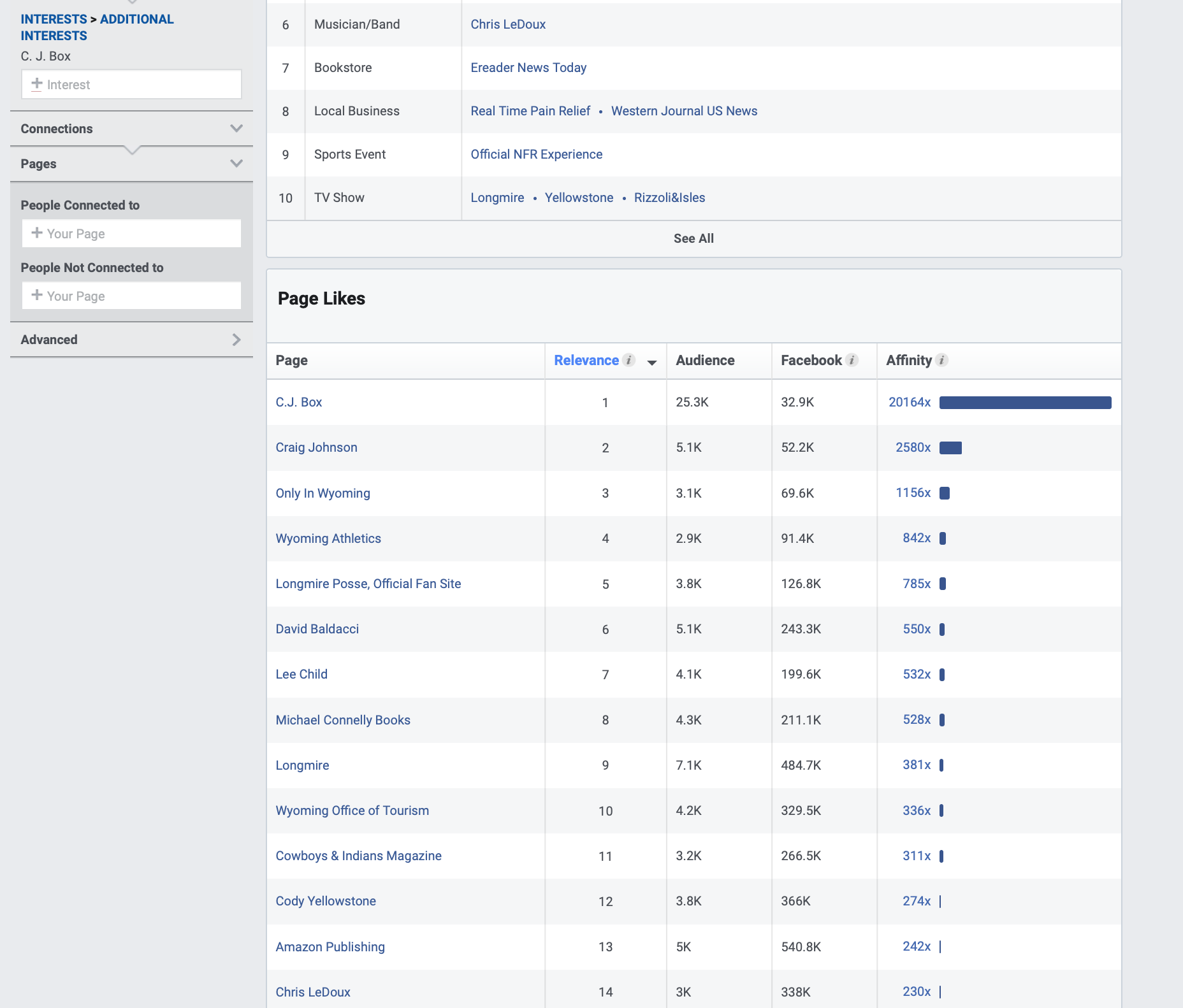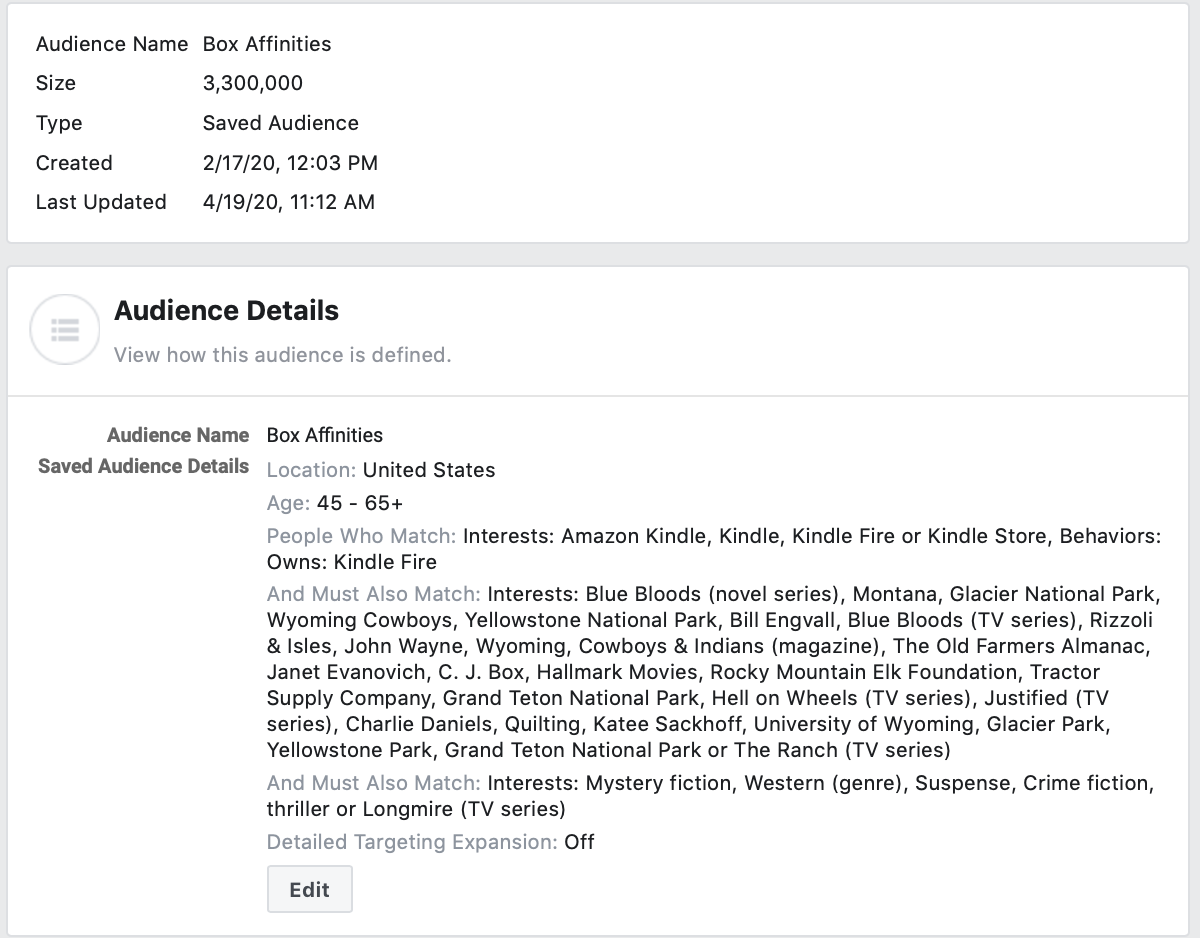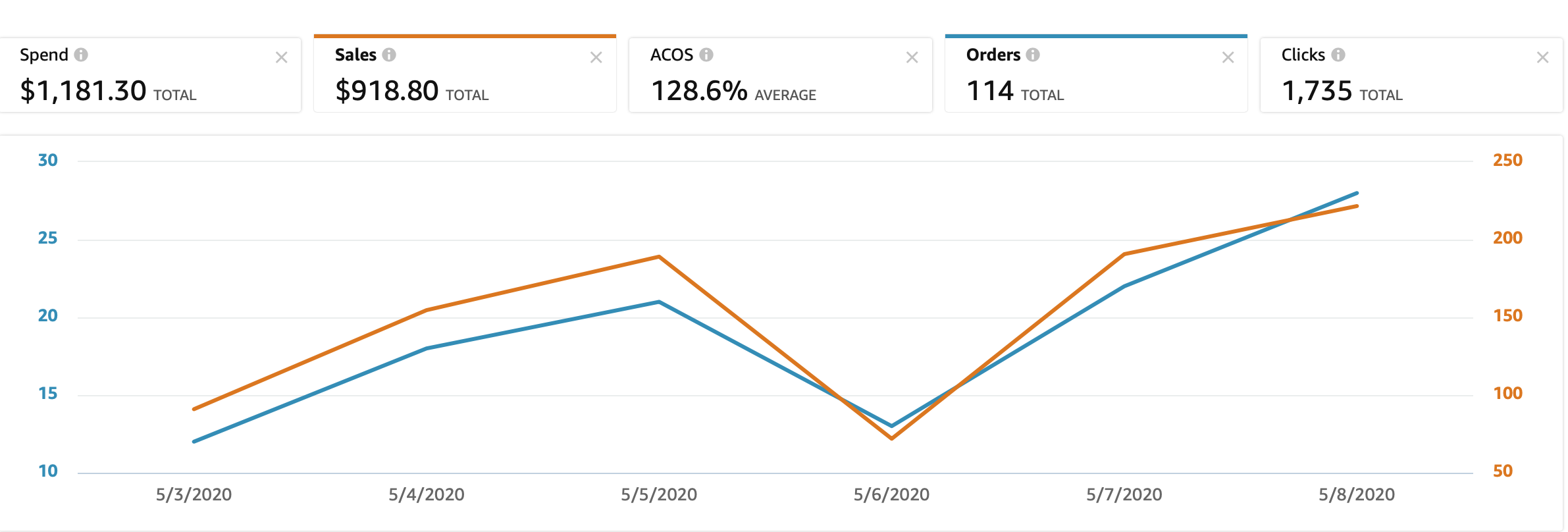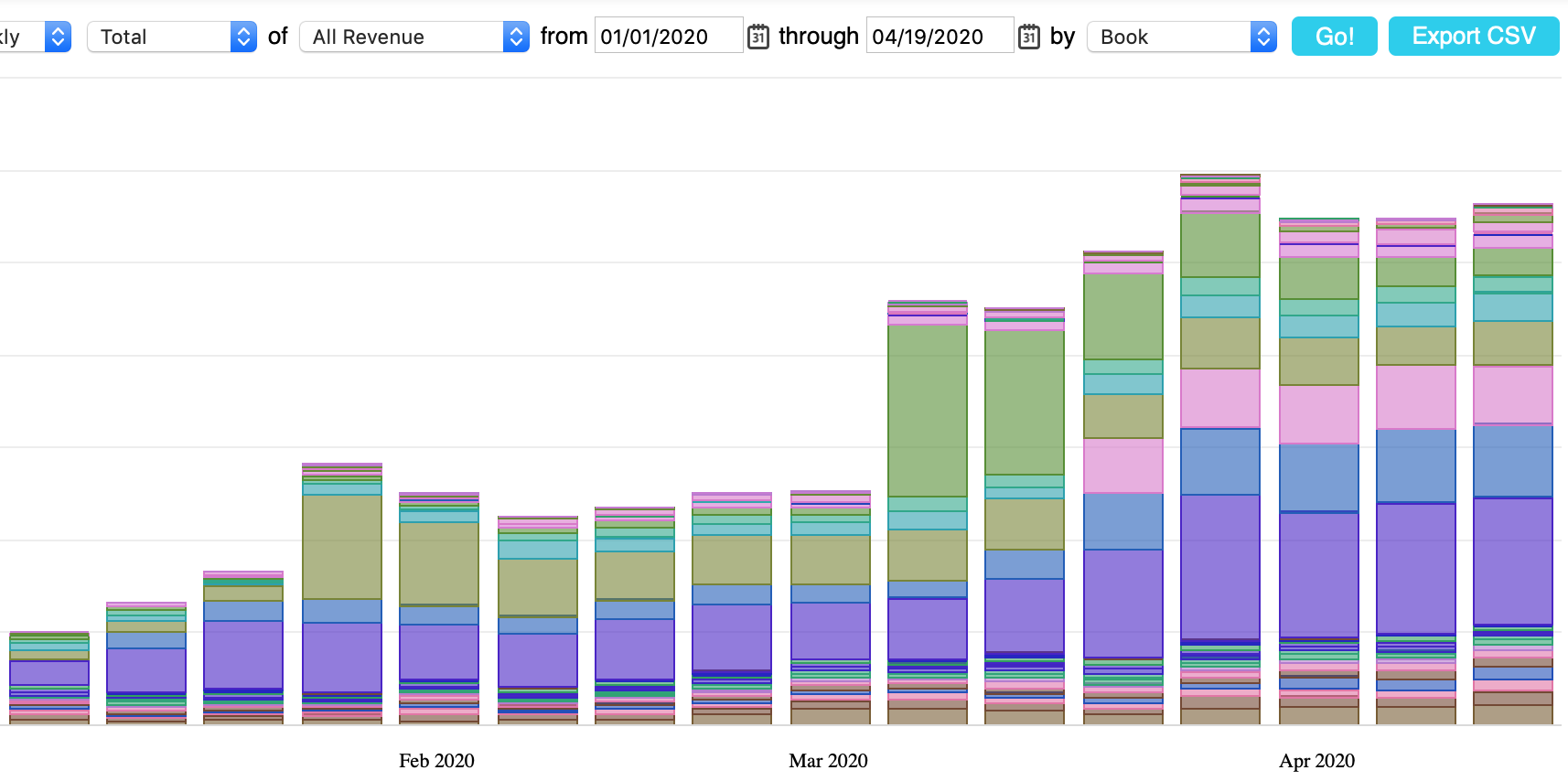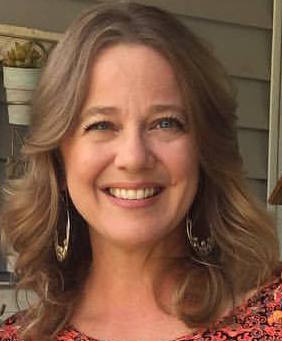Last month I promised to break down my “Six-month Report: What’s Working in Kindle Unlimited” post into digestible chunks, for those that want to emulate some of the changes I’ve made on my way back to six-figure income. (If you’re the kind that likes a more hands-on approach, I have one spot at my Indie Publishing retreat in April, link below, where I work with a small group of authors on their business plans. It’s 100% customized to your needs. I’ll even help you build a Read-through Calculator and some other nifty tools.)
Here’s the topics I have planned for this 10-part “Taking Charge of Your Author Career” series:
- Figuring Out Your Ad Budget and How to Fund It (this post)
- The Must-Haves in Your Author Presence
- Facebook Ads That Work: What’s Working in 2021 Online Book Ads
- Tips to Make Your Amazon Ads Succeed: 5 ProTips For 2020 Online Book Advertising (plus 5 more because I couldn’t help myself)
- Diagnosing Conversion Issues
- Promo Sites That Convert to Author Income
- Converting Box Sets to Cash
- Findaway Voices versus ACX: What’s Working and What’s Not
- Mailing List Magic: Reviews and Cash
- What You Really, Really, Really Must Measure to Succeed As An Indie Author
Note: the retreats focus on whatever my attendees request, at whatever level of expertise they are at. The posts above will lean toward intermediate/advanced. For articles skewed toward authors earlier in their learning curve, see some of my older posts, or my book What Kind of Loser Indie Publishes, and How Can I Be One, Too?
Now, down to the brass tacks of FIGURING OUT YOUR AUTHOR BUDGET AND HOW TO FUND IT.
Do I have to advertise to sell books, aka do I have to have an advertising budget?
First, why does anyone advertise? IMHO, it’s to escape invisibility. Invisibility is a large and growing problem for authors, with the ever-increasing number of books for sale. Books that are evergreen and aren’t pulled down from the virtual “shelves” like they would be from a brick and mortar store once they were past their robust sales dates. That can be great for authors with large backlists. It doesn’t change the challenge of becoming visible in this vast sea of words, though.
Overcoming invisibility isn’t made any easier by the sales sites themselves. Whether its the less than transparent ways a vendor decides when and how to reveal books to customers or whether its their sweetheart deals with publishers (or on behalf of their own imprints), each retailer comes with its own unique problems.
You won’t become visible just by putting up your book and telling your friends it’s out there. Heck, your friends and family will probably be the last ones to buy your book (sorry, but it’s true). You need a lot more eyeballs on your sales page than that, and hopefully sales to go with them. Hence, promotion sites (like these) and advertisers, primarily Amazon, Facebook, and BookBub.
Your success will largely be a function of hours of effort times a factor of dollar-spend on advertising, in some combination that comes out to a large figure. Yikes. Whether you choose to build a responsive, captive audience laboriously, one subscriber to your mailing list at a time and use them to generate your revenue, or whether you use your time and money to create and run fabulous promotional campaigns with ads, you will have to invest to succeed. Warning: the labor-intensive method works better for a non-fiction platform, but, over time, will hopefully occur organically with fiction effort and expense (more on that when I write about mailing lists).
And, even if you rely mostly on sweat equity, you may be limiting your potential if you don’t augment your efforts with advertising.
So I guess the answer is that I think you (or someone) has to spend money on advertising to test the limits of your income potential. The question of how much to spend (and where to get it ) is a little harder. Bear with me.
You’re in Kindle Unlimited, Pamela. Do I still need to advertise if I distribute broadly?
Um, yes. I don’t even need a long answer for this one. How you calculate what you spend, and some of the strategy on how you spend it, will vary based on your distribution strategy. Otherwise, the problem of invisibility extends across all places and methods of selling books in all their formats.
p.s. I’ve only been in Kindle Unlimited for six months. It went really crappy at first. It’s going well at present. I’m still open to broad distribution, but I don’t want to upset the apple cart right now. 😉
But I don’t have the cash.
The only thing I can tell you is that I am sorry, I can’t change the world for you, and you’ll need to scrap together a small budget and try to use it to generate more money with which to continually reinvest until you can build a revenue stream. It may take awhile. And in the beginning it may not be profitable while you learn advertising and while you figure out your book’s market-to audience (more on that later when we cover advertising later in this series). If your book has problems—cover, description, or content—you ads may not be successful, and you might need to fix the problems before you can proceed. But it’s important to remember that if advertising reveals problems, that is a gift. It didn’t cause the problems. It gave you a way to figure out they were there before months or years had passed of heartbreaking underperformance by your book. The best thing to do if you have problems is to invest your budget in fixing them before you spend another cent on advertising.
I’m starting to not like you, Pamela. But I’ll listen a little longer if you can tell me how to set my budget for ads.
I understand. And I appreciate you hanging in there with me. The easy answer to how much to spend on ads yields a very unsatisfactory level of specificity. Because in my opinion you spend as much as you can while the ads are profitable up until the point your return on your investment tapers off and you can get more bang for your bucks by spending them elsewhere.
Huh?
The harder answer is much, much more satisfying and specific, but scary. You can spend up to the value of the ‘read through’ for the book you are advertising. This varies by author and by book.
First, what is read-through? Read-through is simply the net value of royalties you will receive from the sale of this book and any others that you will receive because of the sale of this one book. If you have only one book to sell, then read-through is easy to calculate. It’s the net royalties of your one book. If you have multiple books, then the answer requires more math. I know, yuck. Math.
So let’s say you have 3 books. Preferably in a series, but, they don’t have to be. Assume that for every 3 books you sell of the book you plan to promote, you sell 2 of the 2nd book, and 1 of the third book. You can express that relationship (and the net royalties associated with it) mathematically, and the value you end up with is the read-through. Then, you can tell whether or not the amount you spend on ads is profitable or not, in the long run, by dividing the amount you spend on the ads by the number of books you sell with the ads. That generates your cost per sale. If that cost per sale is smaller than your read-through amount, you are making money, by capitalizing on the lifetime value of your book (to me, lifetime value is read-through minus the cost per sale). Maybe you won’t make all that money today. But you are making some money today from the initial sale and future money on upcoming sales that together should add up to profitability (unless the internet breaks, or some other disaster occurs).
In fact, you may be making both money in the future and money today if your cost per sale is low enough. Your cash margin is the difference between your net royalties on just the book you’re selling, and your cost per sale.
But let’s get real. Most indies don’t price their books high enough to make a cash margin on an advertised book. Most indies make their money through realization of that read-through/lifetime value. That means, that unless you’ve got a high-priced book that sells and advertises well, advertising is most cost effective if you have multiple books to sell, with pretty good read-through to each of them from the book you want to advertise.
I think it’s time for an example. With pictures. And a spreadsheet. Because this stuff is hard to understand with words alone.
Let’s stick with an author with 3 books, but use a picture with numbers. Yay!
Below, we see sales of Book 1 or “SG” (the promoted book) of 34, then sales of 17 for “LA” the second book, and 26 for “FH” the the third book.

To figure out our read-through value for SG, we first need to know the cumulative sales read-through of each book that follows it. That’s a straight forward math problem. You divide the sales of the next book by the sales of the first book, in this case, we divide the sales of LA by the sales of SG, to get 91.18% Cum Sales RT. Then we divide sales of FH by sales of SG and get 76.47% Cum Sales RT.
To calculate our read-through value for sales of SG, we now sum the following:
Net Sales $ for SG (net royalty) (3.99 sales price x 70% royalty rate – $0.11 delivery fee): $2.72
+ (Cum Sales RT for LA (91.18%) X LA’s Net Sales $, which is $ 3.42 (see above)): $3.12
+ (Cum Sales RT for FH (76.47%) X FH’s Net Sales $, which is $3.42): $2.62
Based on these numbers, my read-through value for SG is $8.46
If I had more books (which I do), I could compute the read-through from SG through all the books in the series.
Note that by comparing your advertising cost per sale to a read-through number you’ve got a lot more room for advertising budget. If I didn’t have read-through, my advertising budget would only support a cost per sale of $2.72 or less (my net royalties for SG). Honestly, my read-through number on the real SG is . . . $30+, but that is due in part to Kindle Unlimited “page reads” income. And since that involves reading through 15 novels, it can take a good while to recoup the lifetime value. People can only read so fast. Anyway, I’ll explain the KU element in a moment.
For now, let’s get back to YOU, and what you spend on advertising. Your advertising budget will start with what you have to spend (duh), which may initially be $5 a day. It will build from there as you generate positive lifetime value, and you will want to spend as much money as you can afford to put future sales into your pipeline by increasing your ad spend as long as you have a healthy margin between your cost of sale and your read-through.
Make sense? No? Want it to be easier? Okay, I created a spreadsheet for Landis Wade’s patrons, which I’ll share with you here. Easy peasy.
Want to see my actual Read-Through spread sheet? You’ll get that and a whole lot more of my trackers, pivot tables, and dashboard HERE. {You’re looking for a tab called ‘RT Calculator’. Don’t feel compelled to look at all the pages. It can be overwhelming. I just happen to love the power of data, so I gather it, slice it, and dice it every which way but loose. One of the things I do for folks that come to my retreats is build them a simpler version of my data tracker, RT calculator, and dashboard.}
Thanks for that, I think. Now, Kindle Unlimited…what impact does it have, and how do I calculate it?
If you’re not in Kindle Unlimited, you can stop reading now. Or maybe you don’t want to. This would be one way to see what you’re missing (or not!).
Now, how does Kindle Unlimited factor in to read-through and everything else? For starters, it’s going to mean you sell a lot less books because you only sell on Amazon, but the trade off is that you will get paid when Kindle Unlimited subscribers read pages of your books, for however many (or few) they read. You’ll probably actually have a gain in sheer number of readers. A KU “read” is worth less in $ than I charge for my individual novels, but worth more in $ than I charge for my box sets of novels. I’m making more money in KU, right now, than I did wide. I’m also working less hard to manage assets and ads across all the retail sites. So, it can be a positive.
The page rate Amazon pays for KU reads varies every month, and they tell you what it is after the fact. I generally do my read-through math based on the previous month’s KU rate.
Here’s how the read-through works:

In our example, above, SG has 27415 page reads. We compute READS read-through the same way we did for sales. Book 2/Book 1, or, in our example, LA divided by SG, then FH divided by SG. The Cum Reads RT for LA is 123.68%. Tsk tsk, it’s above 100%. That happens sometimes when book 2 is a lot longer, or you’ve got a backlog of readers from earlier advertising catching up with your reads. Honestly, in my case, it means I wasn’t advertising SG hard enough to stay ahead of the readers that month. But that’s neither here nor there. The Cum Reads RT for FH is 90.18%
Now, to calculate the read-through value for SG for reads, there are two additional steps to what we did for sales.
First, you need to know the KENPC for your books. It’s a made-up Amazon number that Amazon thinks expresses the length of your book. You find that in KDP’s promo page for that ebook.
Then you multiply that number–417 for SG–times the prevailing KU rate. Here we are using the Jan 2020 rate of .004411. That comes our to $1.84 per net read. Remember how I said it was less than I make on net royalties for a sale? It is. But I get a whole lot more of them than I do sales, so I trade volume for the higher royalty.
To see how many equivalent or “net” reads I got for SG, I divide the Reads by the KENPC to convert the gross reads to equivalent full reads of the book. In other words, SG had 27415 page reads and is 417 KENPC pages long. That comes out to 65.74 equivalent full-reads of the book, which you above in the Reads Conv column. Nearly twice as many people read it in KU as bought it and read it. (That may matter quite a bit to those of you who care most about sharing your book with as many people as possible).
I’m ready to compute my read-through value for reads. I add up:
SG Net Reads: $1.84
+ LA’s Cum Reads RT (123.68%) X LA’s Net Read $ ($2.03): $2.51
+ FH’s CumReads RT (90.18%) X FH’s Net Read $ ($1.82): $1.64
For a total of $5.99
You would expect that every time someone reads SG in KU, you’ll get $5.99, its KU read-through value.
But wait, there’s more.
We don’t know who adds a book to their Kindle in KU when we run an ad. (I’ll tell you more about how we know when someone orders a book from one of your ads in later posts) All we know, usually, is if we sold a book. So in order for us to calculate read-through that includes KU reads, we need to know one additional piece of information, and that is this: for every time someone buys SG (our promoted book), how many equivalent full reads of SG in Kindle Unlimited occur?
That’s an easy value to calculate. You take the total of the Reads Conv column above (the equivalent full reads of SG), and you divide it by the number sold. So that’s 65.75/34 which equals 1.934. In other words, every time someone buys SG, 1.934 people read it in KU.
We now have everything we need to tally up our Read-through for books in KU. For our example, this looks like:
Sales Read-through: $8.46
+ Reads Read-through ($5.99) X Reads Conv/Sales (1.934): $11.58
For a total Read-through of $20.04
Wowza. Again, check out my RT Calculator HERE (RT Calculator Tab) if you want to eyeball some more real numbers. What these numbers tell us is that if I am advertising SG and it is in KU, that, with these read-through numbers, I can spend up to a max of $20.04 per sale through advertising and still do breakeven or better in the long run. As I mentioned earlier, my actual read-through is usually around $35, which illustrates the power of a series with fairly good read-through.
At first glance, it appears that KU is a no-brainer because if you advertise, you have so much more room to spend money to generate money. That is partially true. But you are giving up the sales on the other retail sites to go exclusive with Amazon, and it’s a lot harder to jumpstart page reads than you might imagine. Certainly harder than I initially gave it credit for. That being said, I have admitted I’m doing good now. (After six bloody, painful months, LOL, in which I discovered some problems with my covers, and, to a lesser extent, a description or two, and spent time and money to fix them, and started over.) So…there are positives and negatives to everything, as is the case here.
Yeah, you might be wanting that easy peasy spreadsheet for Landis Wade’s patrons, which I’ll share with you here. 🙂 So there you go!
And that, my friends is how you calculate read-through value, and, thus, how you decide what you can spend on ads. I think this is the most powerful concept in online book advertising. Once you’ve wrapped your head around it, you’re ready to start looking at whether advertising could be right for your books. And, don’t worry. You don’t have to rough those numbers out on a scratch pad every time you need them. Just pop your formulas into a spreadsheet and let it do the heavy lifting. Here’s a sample Book Read Through Calculator spreadsheet the awesome Mal Cooper has made available for you to customize. Or I can help if you’d rather; I do some stuff differently, although hers works fine, too. Just lemme know.
(Right now you’re wondering why I made you suffer through this whole blog if the answer was to use Mal’s sheet to calculate read-through, or the sheet I created for Landis Wade to calculate PRPS. And that one I can answer with clarity: the fastest way to end up in the red is to make financial decisions based on methodology you don’t understand. I need you to understand it, so you always know what your numbers mean in the fast-moving world of online advertising.)
Peace out. Comment with your adventures below <3
Pamela
Pamela Fagan Hutchins, USA Today bestseller and winner of the 2017 Silver Falchion Best  Mystery winner for her mysteries, including the thrilling new release SWITCHBACK, writes hilarious nonfiction (What Kind of Loser Indie Publishes, and How Can I Be One, Too?), too. She teaches writing, publishing, and promotion at the SkipJack Publishing Online School (where you can take How to Sell a Ton of Books, FREE) and in her writing and publishing retreats in Wyoming and Texas, and writes about these things and more on the SkipJack Publishing blog.
Mystery winner for her mysteries, including the thrilling new release SWITCHBACK, writes hilarious nonfiction (What Kind of Loser Indie Publishes, and How Can I Be One, Too?), too. She teaches writing, publishing, and promotion at the SkipJack Publishing Online School (where you can take How to Sell a Ton of Books, FREE) and in her writing and publishing retreats in Wyoming and Texas, and writes about these things and more on the SkipJack Publishing blog.
Pamela resides deep in the heart of Nowheresville, Texas and in the frozen north of Snowheresville, Wyoming. She has a passion for great writing and smart authorpreneurship as well as long hikes and trail rides with her hunky husband, giant horses, and pack of rescue dogs, donkeys, and goats. She also leaps medium-tall buildings in a single bound (if she gets a good running start).
